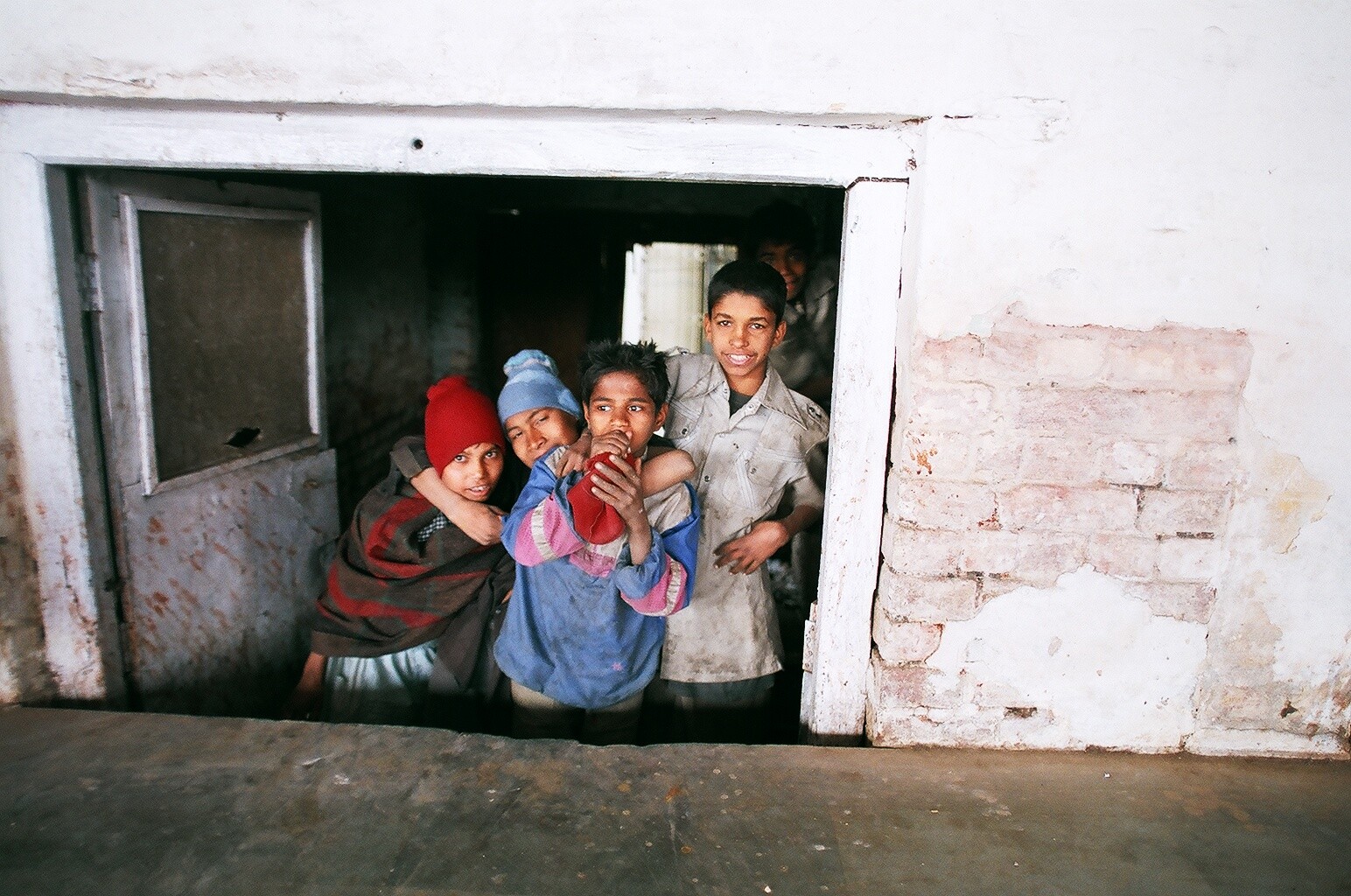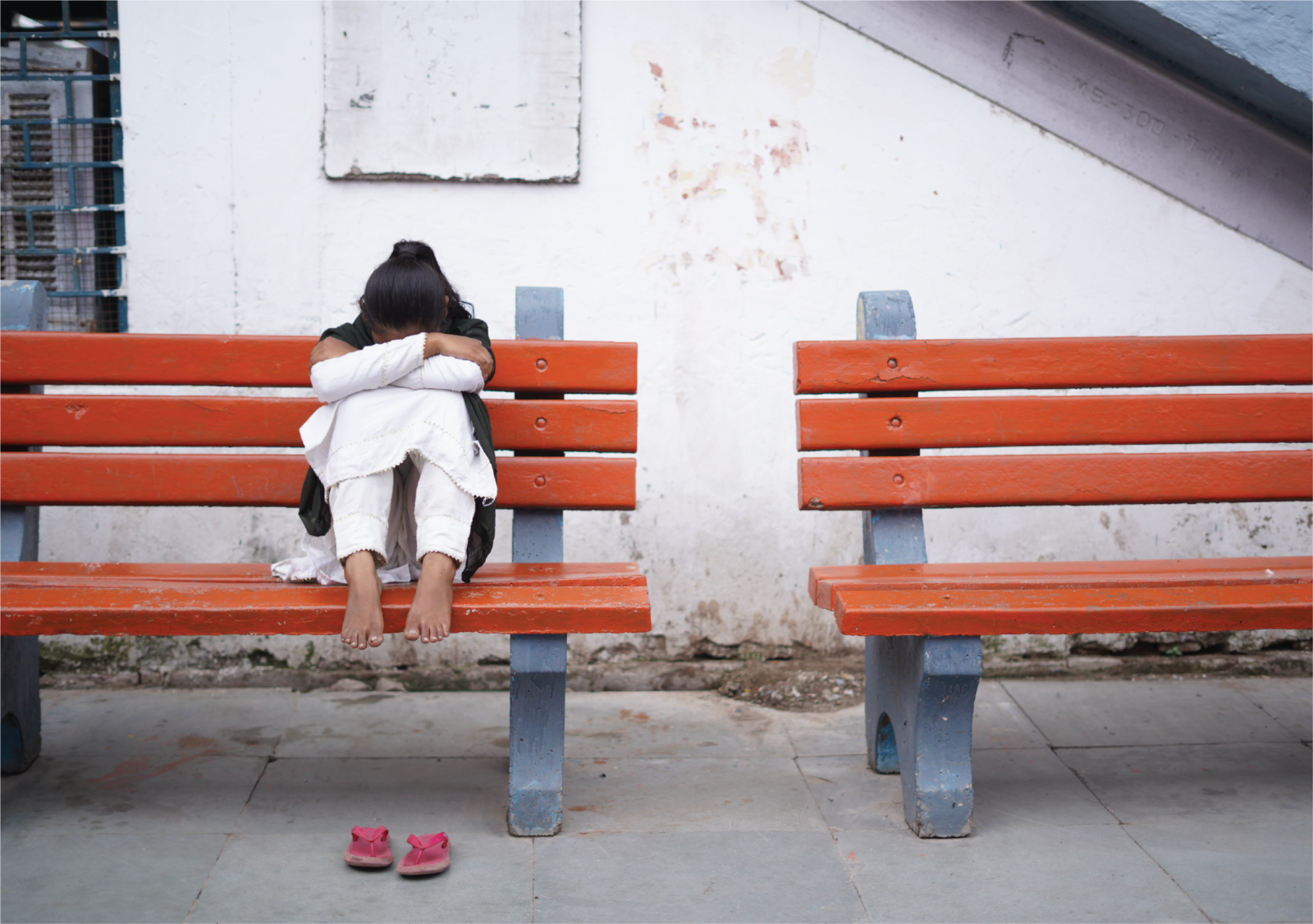The news of the killing of Pulitzer Prize—winning photographer Danish Siddiqui shook many Indians and the community of photojournalists globally. Soon after, netizens shared many of Siddiqui’s striking photographs. We saw the harrowing exodus of the migrants, the crisis of the Rohingya refugees, and, recently, the mass cremations of the victims of coronavirus, all through his lens. His photographs, like those of many other photojournalists, mirrored the heartbreaking realities of the world and spoke truth to power.
Photography has changed the world, and photojournalists, like Siddiqui, have been at the forefront of this change. This World Photography Day, taking a leaf out of our previous series, we present 7 inspiring photographers who have captured the everyday lives of children in myriad surroundings, catalysing much-needed discourse on children and the safeguarding of their rights.
An independent environmental photographer, writer, and artist, Arati Kumar Rao, documents the slow violence (@slowviolence) of ecological degradation. Traversing the South Asian subcontinent, she documents the changing landscapes and climate, and its adverse effect on the lives of children, their families, and the biodiversity.
Arati’s work has been featured in The National Geographic Magazine, The Hindu, #Dysturb, The Guardian, BBC Outside Source, Hindustan Times, Mint, and other notable outlets. She contributes her art to @EverydayClimateChange and @EverydayExtinction on Instagram.
In his blog (now an Instagram page and a book series) Mumbai Paused, Gopal MS documented Mumbai. Its streets, the everyday life of people, its hustle, and its quietude, everything about Mumbai is captured in the curious lens of Gopal MS.
Many of his photographs revolve around Mumbai’s children, the lack of open spaces for them to play, and their ingenuity that turns any space into a playground. His book, Ghosts of Good Things: Playgrounds of Mumbai, further captures the tug-of-war that the city’s children have with the many occupants of the few maidans in the city.
Recipient of the National Media Fellowship for the year 2012-2013, Mansi Midha has extensively documented social issues and stories of human interest. Having worked with several International and Indian NGOs, Mansi has engagingly captured many issues pertaining to vulnerable children, which include access to education, nutrition, and child development.
He has travelled across the length and breadth of the country, telling stories through the eyes of the locals. The myriad landscapes of the country, the locals and indigenous tribes who inhabit them and the vibrant colours they dwell in are all captured in the lens of Navtej.
Amidst the stunning beauty of India seen in his photographs, one also, frequently, sees photographs of children looking bewitchingly at the lens. They are no ordinary children. Belonging to nomadic tribes, these children face illiteracy, child marriage, child labour, and many other social evils more commonly. Based in Delhi, Navtej’s work has been featured in the Serendipity Art Festival, the Conde Nast magazine and National Geographic
Oinam Anand’s lens focuses on the lives of children of the Rohingya Muslim community. Having now settled in Delhi, the children live in make shift shelter homes study in madrassas. Their deplorable conditions, the lack of access to housing, education and healthcare, and the bleak prospects of a future for the children from the distant land find an eerie presence in Oinam’s work.
Street Dreams, Home Street Home, Bachpan are all collections of spirited candid photos of street children shot by Vicky Roy. His projects capture the familial bond between boys living together in a shelter home, and those celebrating the carefree abandon of childhood.
Vicky himself lived off the streets in Delhi, in his childhood until one day a volunteer at the Salaam Balak Trust rescued him. At the trust home, began Vicky’s tryst with photography, which continues to win him accolades and recognition as an international photographer, till date.






